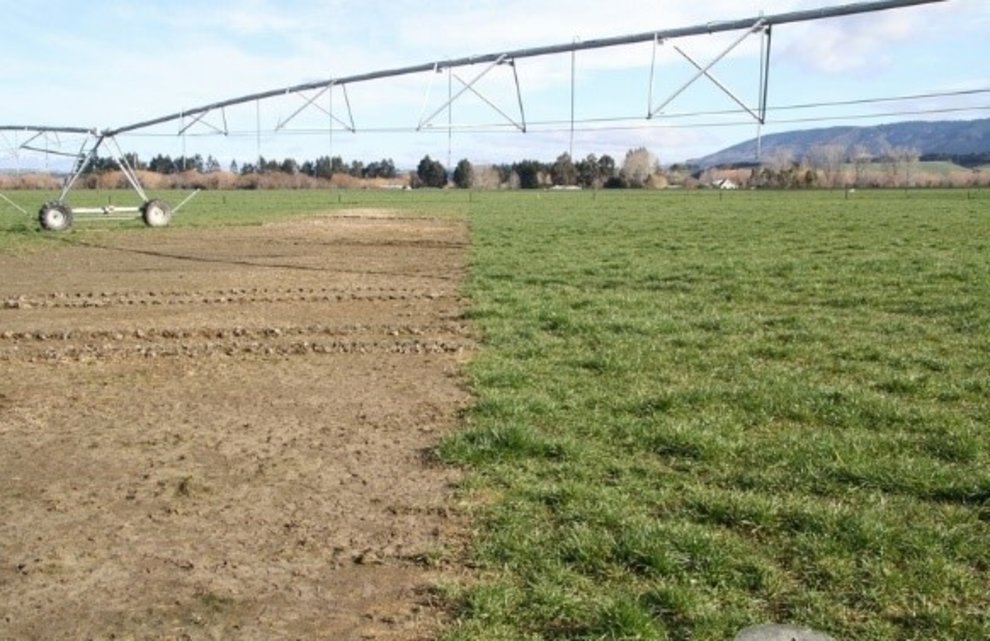Fixing damaged pastures - the race is on
Spring has arrived, and will bring a sea of broadleaf weeds to many farms if pastures damaged by wet weather are not fixed soon.
“The stopwatch is now counting down on a race between farmers, and spring germinating weed seed, which is all lined up, ready and waiting to fill any bare patches of ground,” says pasture system specialist Blair Cotching.
Fortunately there’s a way to win the race, but only if you act fast. As soon as soil temperatures warm up, weeds will start germinating faster than you can say ‘where’s my grass?’
Blair, who works for Barenbrug, says the cost of treading and pugging damage is two-fold.
Immediate dry matter utilisation can drop by up to 40%. Future pasture production and persistence can also be significantly compromised.
“So even though there’s a lot happening on farm at present, taking time to plan and implement any necessary pasture repairs will pay dividends down the track, and it’s not a big job.”
Step one is to assess pasture condition.
“Ideally, mark all bare, pugged or trodden areas on a farm map. That will make it easier for a contractor to see what needs to be done,” he says.
Undersowing is the most common way to repair winter damage. Fast-growing Italian ryegrasses like Tabu+ will give quick, high ME feed for spring and can be sown as soon as soil temperatures are 6°C.
Tabu+ is an ideal option if you plan to fully renovate the paddock within the next 6-18 months.
If you want the pasture to last longer (e.g. 3-4 years), you should undersow with perennial ryegrass seed once soil temperatures are 8°C, using the same cultivar as the one originally sown in the paddock if possible.
Blair advises sowing seed at 10-15 kg/ha for thin pastures, and 15-20 kg/ha for severe damage. For tetraploid ryegrass use 30% higher rates.
If pugging is severe and the ground uneven, full pasture renewal is best, either through a summer or winter crop, or, in irrigated areas, via grass to grass in spring.
In smaller bare gaps – like gateways and trough areas – grass seed can be oversown or broadcast at 30 kg/ha.
Lasting legacy – the results of a single pugging event, 4 months afterwards.


